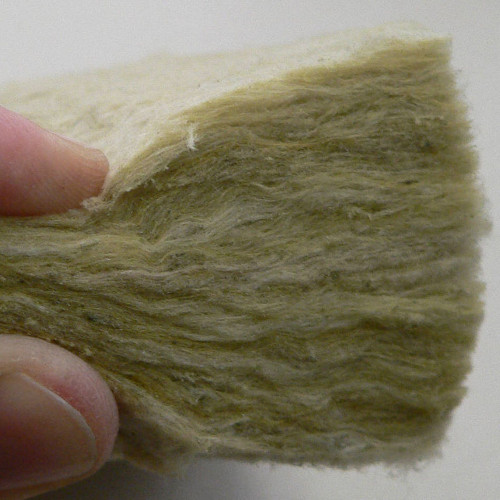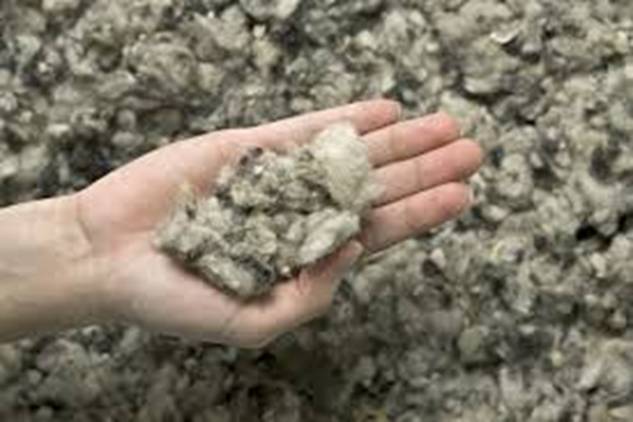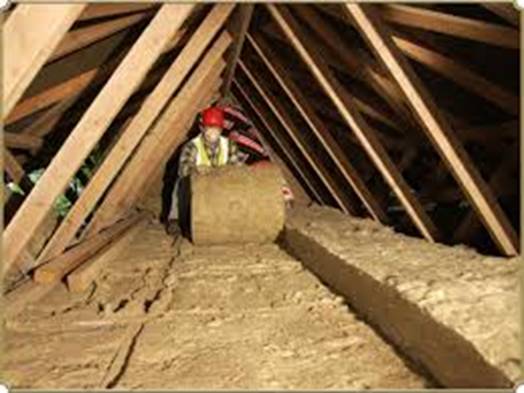Most Common Misconceptions about Glass Wool Insulation

Bring Down the Prejudices and Insulate!
It is not uncommon to hear many potentially negative things about certain insulation products. Although we believe that it is always “better safe than sorry” and that anyone considering installing insulation should gather all important facts, including ones regarding potential health hazards, it is equally important to get your facts straight. Namely, although there are some materials that were once used as insulators (such as asbestos) and are proven to be very dangerous why their use has been forbidden by applicable regulation, we can often hear different stories about the threat that some materials often used nowadays, pose. What is even more important, often these misconceptions and myths are a reason why someone does not choose a certain material or even decides not to insulate at all. Since being one of the most commonly used insulation material, we shall here address some of the most common misconceptions about glass wool insulation.
Glass wool insulation is an insulation material made from recycled glass, lime stone, soda ash and sand which are exposed to high temperatures and bounded by using some kind of resin in order of providing a level of tear strength, whereas some brands now use formaldehyde-free binder, in order of producing a more eco-friendly products. The material consists of a number of fibres that made in to rolls, slabs or rigid slabs, depending on the density of the material and its application. Although lightweight, this type of insulation offers great density, strength and durability and is used not only for thermal but also acoustic insulation. Another potential strength of the product lays in its versatility since it can be used on a number of surfaces including loft, cavity walls and floor insulation. It is often chosen when operating in relatively high temperatures since it can withstand temperatures up to 230º C and is classified as non-combustible. What improves its eco-side is the fact that it is recyclable and can be reused if maintained in good condition.
Once we have considered some basic characteristics, it is time to move on the most common misconceptions about glass wool.
Misconception No.1 – Glass wool is radioactive and contains asbestos
As mentioned in the introductory of this article, asbestos is proven to have serious impacts on health and can, in some severe cases and continuous exposure, even cause lung cancer, why although very commonly used in the past century and can still be found in some older buildings, is now forbidden by applicable regulation and thus cannot be used not only independently but neither as a component in other products and materials.

This further on means that glass wool insulation is not forbidden in any country today, but on the contrary, is one of the most commonly uses insulation and a top seller in many countries around the world including Germany and USA.
Also, this insulation material cannot be considered radioactive since, apart from sand which has very low level of natural radioactivity, it contains no other radioactive substance, but presents a very small percentage of the total radioactivity we receive from natural sources through the year.
Misconception No.2 – Glass wool presents a health hazard
When speaking of potential health hazards of glass wool insulation, people usually refer to the itching that could occur when bear skin comes in contact with the fibres and dust produced during installation. It is very important to underline that, although some irritations to the skin can occur, these are not allergic reactions but are purely mechanical, meaning that the problem can easily be dealt with some water. However, as when dealing with any material that can produce dust upon installation, it is advised to use basic protective equipment, such as protective gloves and a face mask. Long sleeves and legs can also do the trick, just as proper ventilation, once the job is done.

Simply due to all the previously mentioned concerns about glass wool, the product was very thoroughly examined and studied over the years, whereas a few thousand available studies have shown that this type of insulation is safe to produce and use. These studies have also been followed by proper certifications which prove that the material is not classified as hazardous.
Misconception No.3 – Glass wool insulation is dangerous for the environment
Final misconception regarding glass wool insulation refers to its environmental impact, shown through the amount of energy that is required to produce the material. Although it is often believed that large amount of energy is invested into production of this type of insulation which only results in more fossil fuel burned and more toxic gasses released into the atmosphere. However, here it is very important to look at the whole life cycle of insulation, from the manufacturing process until the end of its life span.
Basically, although certain amount of energy is used to produce the material, once installed, it will also save a significant amount of energy throughout its life span, thus maintaining the balance. In the end, with glass wool insulation properly installed, you will help save more energy than it is required to produce the product in the first place, making it an energy efficient mean of adding your home to the list of green buildings.
Send us your project details and we'll offer you best prices for the UK's finest insulation products. Visit our insulation shop and take a look at different products you can use for your insulation project.

















































































































